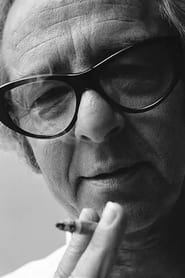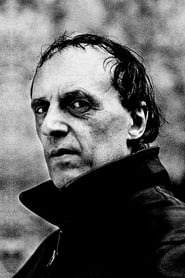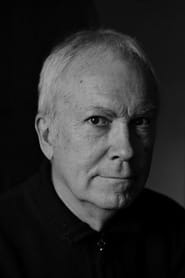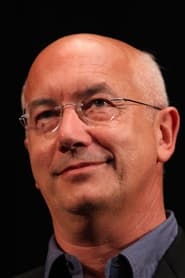
Homo Cinematographicus(1998)
Homo Cinematographicus is a human species whose unit of measurement and point of reference is the cinema and its derivative, television. Filmed at the 1998 Cannes Film Festival, the film offers an unspecified number of statements, talking about memories and a thousand fragments of stories, titles and film scenes, the warp of a gigantic collective Chanson de geste.
Movie: Homo Cinematographicus
Top 10 Billed Cast
Cinéaste
Producteur
Self
Self (as Jean Bucquay)
Video Trailer Homo Cinematographicus
Similar Movies
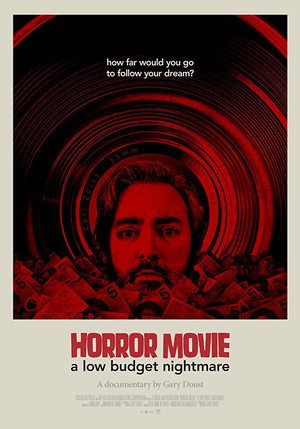 7.3
7.3Horror Movie: A Low Budget Nightmare(en)
A filmmaker's lifelong dream quickly becomes his worst nightmare when he attempts to make a low budget horror film about an aborted fetus that seeks revenge on its family.
 6.4
6.4Gameplay: The Story of the Videogame Revolution(en)
A feature documentary on the history of video games. From 'Pong', 'Pac Man' and 'Mario' to 'Call of Duty', 'Grand Theft Auto' and everything in between it tells the story of how this industry was created, by whom and where it is headed.
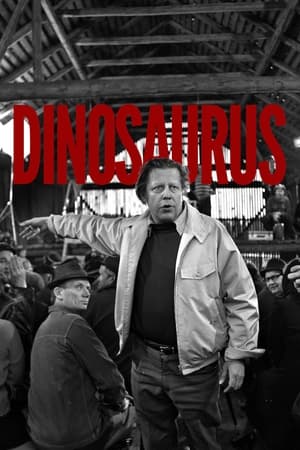 6.6
6.6The Dinosaur(fi)
Acclaimed Finnish director Rauni Mollberg made several scandalous yet widely appreciated films. Former co-worker Veikko Aaltonen’s eye-opening documentary The Dinosaur looks at the relentless, often disturbing directing techniques behind Mollberg’s art and success.
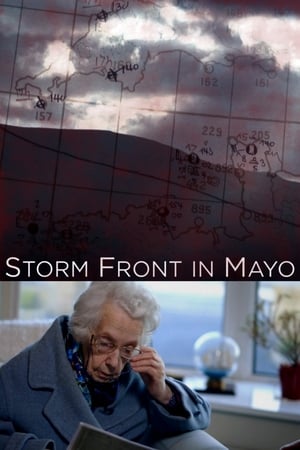 7.5
7.5Storm Front in Mayo(en)
Ireland, June 1944. The crucial decision about the right time to start Operation Overlord on D-Day comes to depend on the readings taken by Maureen Flavin, a young girl who works at a post office, used as a weather station, in Blacksod, in County Mayo, the westernmost promontory of Europe, far from the many lands devastated by the iron storms of World War II.
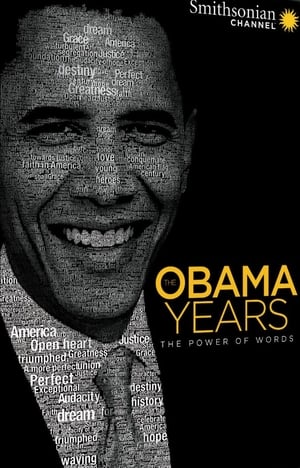 10.0
10.0The Obama Years: The Power of Words(en)
Barack Obama launched into our national consciousness at the 2004 Democratic National Convention and ever since, he's delivered messages of patriotism, unity, and hope through the power of words. But of all the speeches he's given, six in particular may define his legacy as, in historian Doris Kearns Goodwin's words, "one of the best writers and orators in the presidency." Interviews with eminent historians and key figures in his writing process give rare insights into these iconic speeches, as well as the Obama presidency and the man himself.
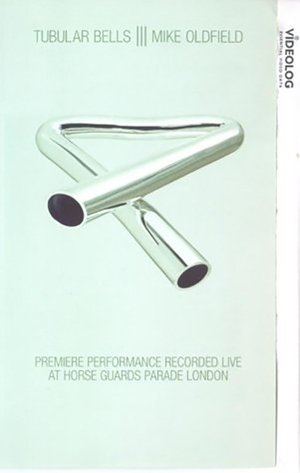 5.2
5.2Tubular Bells: The Mike Oldfield Story(en)
Documentary about the musician Mike Oldfield, whose 1973 album Tubular Bells launched the Virgin record label and became the biggest selling instrumental album of all time.
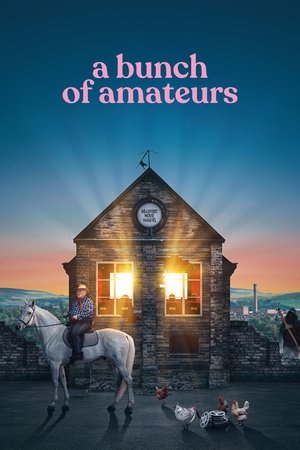 5.8
5.8A Bunch of Amateurs(en)
A bunch of British working class amateur filmmakers with nothing left to lose tackle one of Hollywood's greatest musicals in order to save their beloved Club. Britain’s oldest amateur filmmaking club struggles to survive, as its members grow old amid flickering memories and hardships. In the northern industrial town of Bradford, England, a handful of diehard amateur filmmakers desperately cling to their dreams, and to each other, in this warm and funny look at shared artistic folly that speaks to the delusional dreamer in us all.
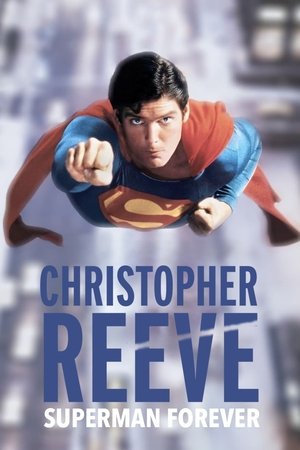 8.8
8.8Christopher Reeve, Superman Forever(fr)
A French documentary on Superman actor Christopher Reeve as told by his French voice dubbing actor, Pierre Arditi.
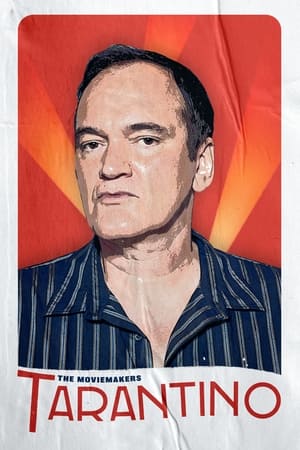 5.7
5.7The Moviemakers: Tarantino(en)
Since the early 1990s, Quentin Tarantino has been on a cinematic rollercoaster ride, that's never looked like slowing down, that has cemented himself as one of the worlds most influential filmmakers. Through his unique style, Tarantino carved out a place in Hollywood just for him, and even when others have tried to emulate him, his films stand-out amongst the crowd. And with one movie left before he supposedly retires, we take a look back at the ups and downs of his incredible life on film.
 6.0
6.0The Deluge: Postscriptum(pl)
Despite the anti-Semitic campaign launched by the Polish People's Government in the late 1960s, director Jerzy Hoffman finishes working on the film Pan Wołodyjowski. It becomes the ticket to the production of Potop, the most expensive film in the history of Polish cinematography. During his work, the director not only has to deal with mounting production problems, the distrust of the People's Government, but also with the expectations of millions of Poles.
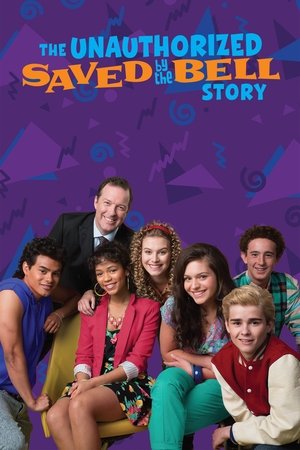 5.3
5.3The Unauthorized Saved by the Bell Story(en)
The Unauthorized Saved by the Bell Story delves into the experiences of six unknown young actors placed into the Hollywood spotlight, exposing the challenges of growing up under public scrutiny.
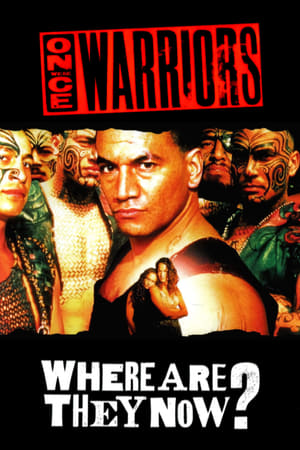 7.1
7.1Once Were Warriors: Where Are They Now?(en)
It's been 20 years snce Once Were Warriors was made. Julian Arahanga aka 'Nig' takes us on a journey to meet the cast and see where they are now.
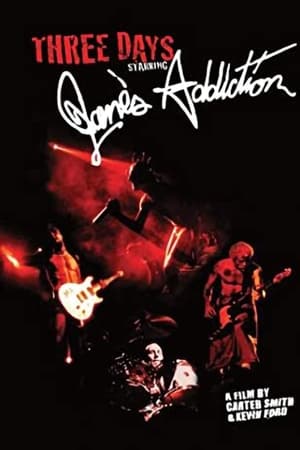 6.0
6.0Three Days(en)
Three Days is a feature film exploring the on-and-off-tour lives of Jane's Addiction. Set predominately on their 1997 'Relapse Tour', this docu-drama weaves audiences throughout the band's legacy in a colorful, fast-paced orgy of gritty backstage drama and rare musical performances
 7.0
7.0Mum and Son's Chilling Adventures(en)
Mum and Son's Chilling Adventures is a documentary film that features the unique relationship of a mother and son ghost hunting team that investigates ghostly phenomenon.
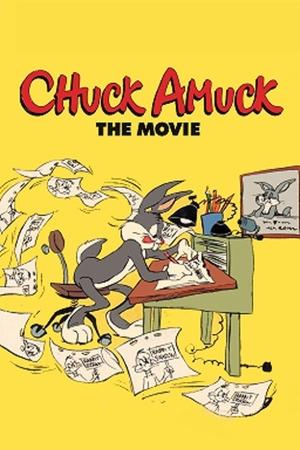 6.2
6.2Chuck Amuck: The Movie(en)
Chuck Amuck: The Movie is a 1991 documentary film about Chuck Jones' career with Warner Bros., centered on his work with Looney Tunes; narrated by Dick Vosburgh.
 10.0
10.0Unity Temple: Frank Lloyd Wright’s Modern Masterpiece(en)
Frank Lloyd Wright’s Modern Masterpiece, Unity Temple is an homage to America’s most renowned architect. The film pulls back the curtain on Wright’s first public commission in the early 1900’s to the painstaking efforts to restore the 100 year old building back to its original beauty. The dedicated team of historians, craftspeople, members of the Unitarian congregation and Unity Temple Restoration Foundation reveal the history of one of Wright’s most innovative buildings that merged his love of architecture with his own spiritual values. The film intersperses the architect’s philosophies with quotes narrated by Brad Pitt.
 0.0
0.0Hodgepodge(en)
Andrew Richter shares odd celebrity encounters from his years of working in hotels.
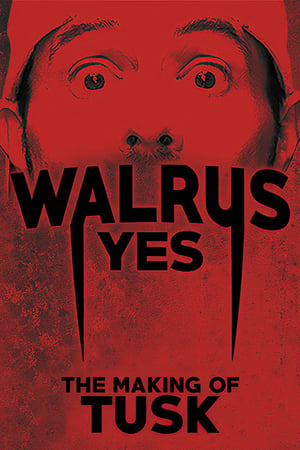 7.8
7.8Walrus Yes: The Making of Tusk(en)
5 years ago Kevin Smith tried to end his career with the movie Tusk. Enjoy this documentary on the making of Tusk 'Walrus Yes'.
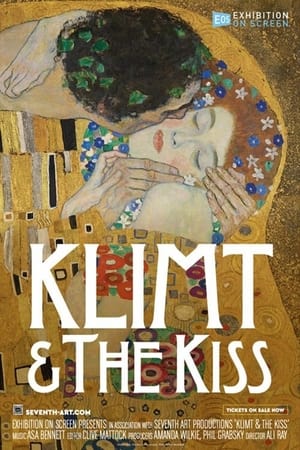 8.0
8.0Klimt & The Kiss(en)
The Kiss by Gustav Klimt is one of the most recognised and reproduced paintings in the world. It is perhaps the most popular poster on student dorm walls from Beijing to Boston. Painted in Vienna around 1908, the evocative image of an unknown embracing couple has captivated viewers with its mystery, sensuality and dazzling materials ever since it was created. But just what lies behind the appeal of the painting – and just who was the artist that created it? Delving into the details of real gold, decorative designs, symbolism and simmering erotica, a close study of the painting takes us to the remarkable turn of the century Vienna when a new world was battling with the old.
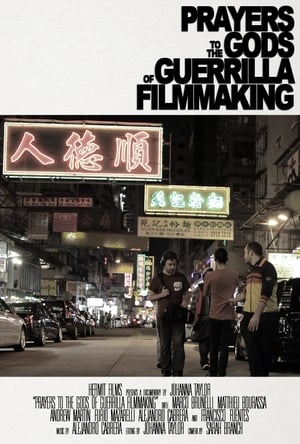 0.0
0.0Prayers to the Gods of Guerrilla Filmmaking(en)
A crew of filmmakers shoot undercover on the streets of Hong Kong with hidden microphones and no permits. The city becomes a giant set as mounting tension and ego clashes push tempers to breaking point.

